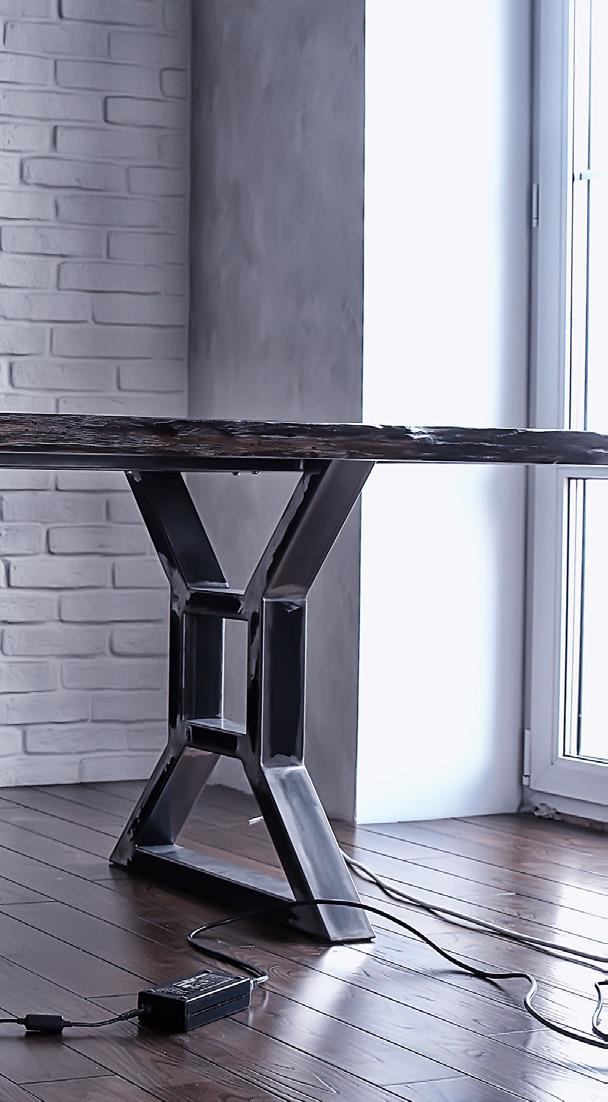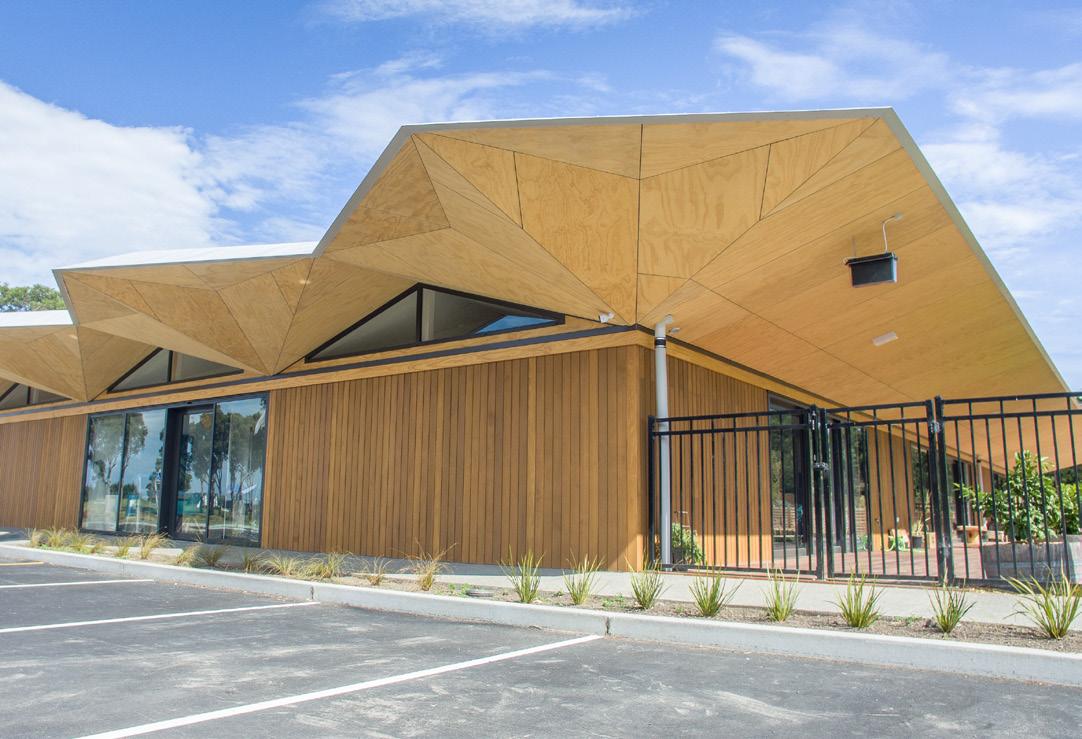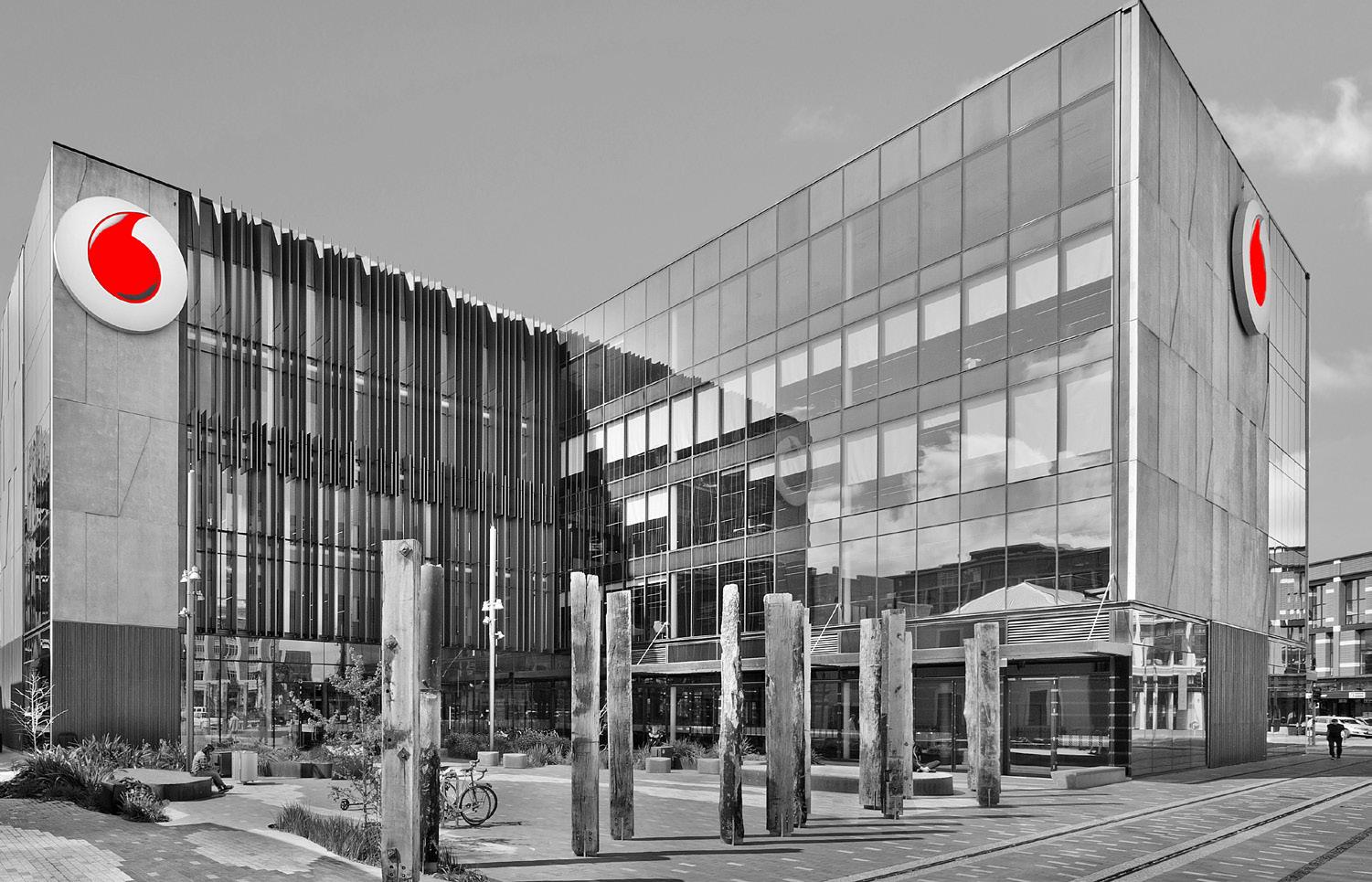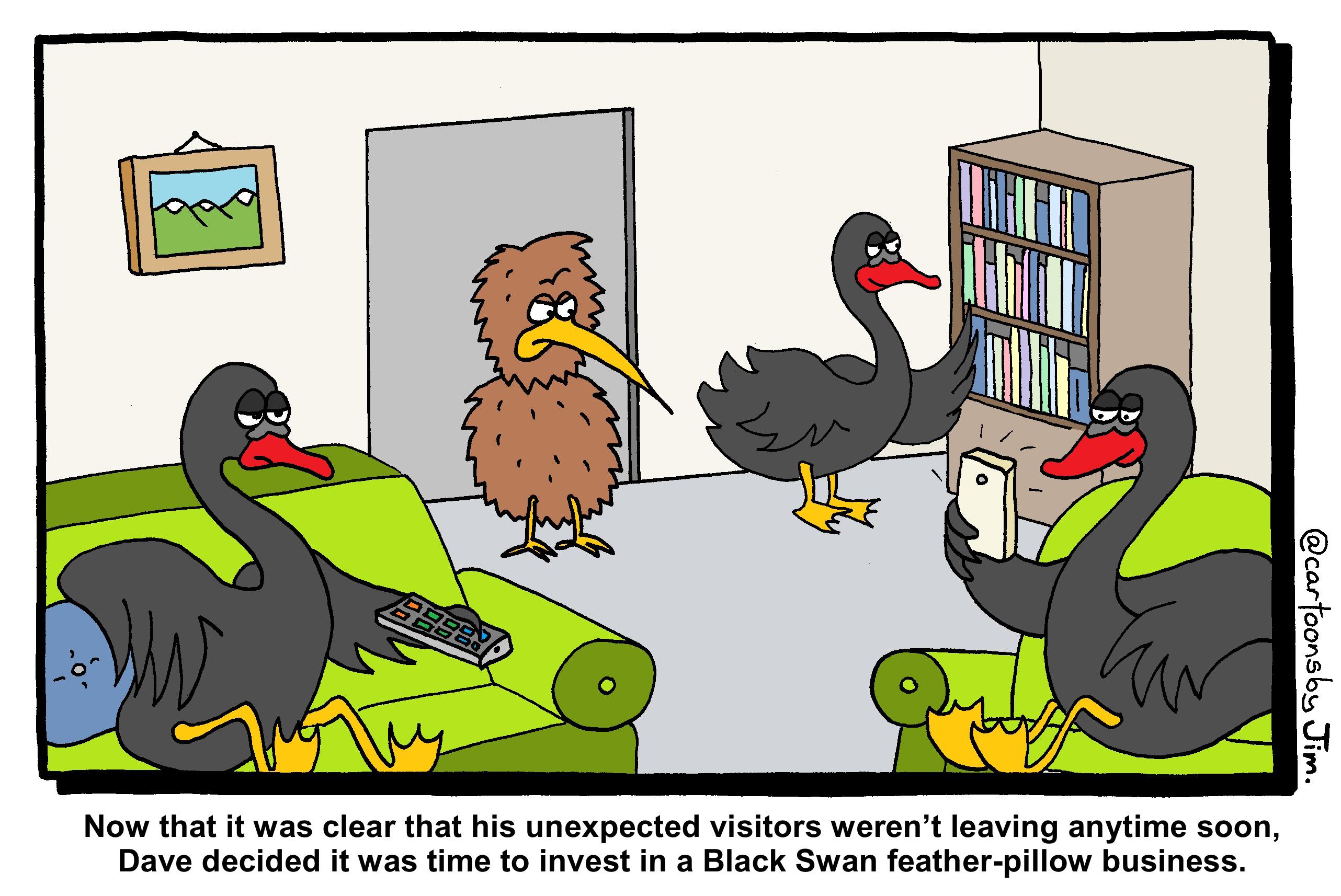
7 minute read
WHERE'S COMMERCIAL PROPERTY HEADING?
from PMG ThinkBook
by PMG Funds
COMMERCIAL PROPERTY
WHERE’S COMMERCIAL PROPERTY HEADING in 2020 and beyond?
Advertisement
BY: SCOTT McKENZIE, CEO of PMG
I write this as we move into the second half of 2020, while the world continues to fight an invisible enemy that knows no borders. On the face of it, New Zealand appears to be faring well, however, the next six to 12 months will be judged by the Government and the nation’s ability to withhold through the pandemic, both from a health and economic perspective.
There has been much commentary out there about how the health and corresponding economic crisis will impact commercial property in New Zealand; many have been less than glossy.
With the benefit of being three months into ‘the new norm’ I can say the commercial property sector is holding up pretty well. This is thanks to the NZ economy and the commercial property
sector having been in a good position going into the lockdown: • Government debt was low, at only 20%
GDP; much lower than pre-2007 Global
Financial Crisis (GFC). • Listed property vehicles had gained 32% in 2019, with 17.5% down by end of May 2020, representing a rebalancing from significant uplift last year. While this rebalancing was predicted to happen in 2020, prior to
COVID-19, it’s happened faster and more sharply than expected. • Vacancy in prime office space (Auckland 6% vs 14% in GFC; Christchurch 5.7% vs 10%) was at an all-time low.

• New Zealand banks have higher Tier 1 capital ratios – 15-16% (now), vs 10-12% pre-GFC. • The Official Cash Rate, and corresponding interest rates, was far lower in February 2020 at 1% (now 0.25%) compared to 8.25% in 2007. How commercial property fares over the next year will depend on a number of factors, including New Zealand’s, and indeed the world’s, ongoing containment of the virus, the opening of New Zealand borders to tourists, Government fiscal stimulus, Central Bank monetary stimulus and the ability for businesses to adapt, innovate and remain sustainable. With these variables in mind, this is how PMG sees each sector performing in the next 12 months.
INDUSTRIAL
The industrial sector’s resilience in the hard times and strong performance in the good times is why it is a favoured asset class for many investors globally, consisting of almost 50% of all transactions in New Zealand in 2019 (for transactions over $50m) 1 . Pre-COVID-19, prime industrial vacancy was at and approaching new lows in Auckland (1.7%), Hamilton (2.3%), Tauranga (2.4%), Wellington (2.8%) and Christchurch (2.4%) 2 . Post-lockdown, this sector has held up well given the manufacturing, logistics and warehousing nature of occupiers and their services being deemed essential throughout Alert Level 4. Looking ahead, and given the recent exponential increase in the long-term trend toward online shopping, the need for more warehousing and logistics space is expected to continue. This, coupled with a global trend for bringing manufacturing and supply chains closer to home, is likely to help underpin the industrial property sector for the medium to long term.
OFFICE
The office sector performed well through 2019. Businesses have continued to expand and hire additional people, which has historically supported low prime office vacancy in Auckland (5.2%), Wellington (5.9%) and Christchurch (5.7%) 3 . Post-COVID-19 and the ‘work from home experiment’ we have all been through, there are some claims that the office sector will suffer from businesses wanting to downsize or get rid of their offices altogether after some witnessed increased productivity at home. I have written an article on our website on why this will not be the case. However, the key points on why we won’t see a major structural shift in the office sector overnight include the following: • There are lease contracts in place. Companies cannot, en masse, up and leave their offices due to their legal obligations of lease terms, with some not expiring for several years.
1 https://www.bayleys.co.nz/media/1c7b9581-3a05-4b73-8c84- ef163568d905 2 Colliers, December 2019 3 Colliers, December 2019


Humans innately require physical and social interaction to maintain mental health 4 .
Increased productivity was not the consensus.
While working from home can be productive, a Colliers New Zealand Research Report (June 2020) said 52% of respondents felt productivity decreased, 41% felt no change, and only 8% reported an increase. Working from home can be counterproductive and detrimental to long-term working relationships, team cohesion and company progression. There must be a balance between both. Research conducted by global office design and delivery company Unispace (The COVID-19 Scramble, May 2020) revealed that 100% of executives interviewed noted there will be an increased uptake of working from home as part of their future strategy, but the workplace is also here to stay.
It’s not what businesses are planning.
Unispace’s research also revealed there won’t be a significant reduction in floorplate, with 95% of executives interviewed stating their office footprint is likely to remain the same for now. The highest reduction of floor space was said to be 25%. History shows we’ve been here before. In 1998, when Auckland’s CBD power cut meant all city workers had to work from home for five weeks, some businesses failed but most couldn’t
4 https://www.forbes.com/sites/onemind/2020/03/17/whenhome-becomes-the-workplace-mental-health-and-remotework/#4558e0261760 wait to get back to the city centre 5 . Similarly, when the World Trade Center towers fell in 2001, businesses and people gravitated back to Manhattan.
We expect to see progressive businesses pursuing higher quality office space in the short to medium term. Firms seeking to be more efficient in the way they use office space is expected to drive the need to create spaces to suit physical interaction, collaboration, innovation and creativity; a trend that has been in play for many years. Access to finance for developers in conjunction with economic uncertainty is likely to mean limited new office buildings being constructed in the short to medium term as well. This constraint on supply will equally help underpin occupancy levels and values for office properties.
RETAIL
The retail property sector has been undergoing changes and challenges for some time, thanks to the uptake of online shopping. COVID-19 has sped this trend up and, therefore, we do expect to see more retailers vacating their premises when leases expire over the next 12 months. Those retailers with retail spaces that will thrive over the next few months will have alternative revenue channels (online, and direct selling) and either will focus on providing a service as part of their offering (like shoe fitting, fashion styling) over and above just
5 https://www.rnz.co.nz/national/programmes/eyewitness/audio/2018636891/the-night-the-lights-went-out-in-auckland
selling product, or will create an environment where people can enjoy an ‘experience’ or be entertained.
EARLY CHILDHOOD EDUCATION (ECE)
For the childcare sector, the outlook is looking positive. While the impact of job losses in the sector is yet to be seen, in May the Government announced more commitment and financial support for qualified early childhood education (ECE) teachers 6 . Given ECE fees are already subsidised for parents with children aged 3 to 5 years, the high uptake of the subsidy by parents, and the well-documented evidence about the benefits of early childhood education, we believe the outlook for the sector is good.
Rolleston, Christchurch

What does this mean for PMG’s portfolio?
There is still much uncertainty out there, which could disrupt commercial property returns. Predicting where property valuations may go from here is anybody’s guess. What we do know, however, is that as long as you take a long-term view toward investing in commercial real estate, you will be rewarded in the long run. This is caveated with the need, now more than ever before, to remain focused on quality, anticipating fast-moving market trends and positioning your offering accordingly.
6 https://www.rnz.co.nz/news/political/416915/government-reveals-278-point-2m-for-early-childhood-education-funding Innov8 Building, Christchurch

For these reasons, I continue to remain positive about the commercial property sector. It not only provides the home for productive businesses of New Zealand, it is also a backbone of the country’s Gross Domestic Product.
PMG’s investment strategy remains focused on growing quality unlisted real estate funds with diversification across geographies, buildings and sectors, with an emphasis on tenant resilience across multiple properties. We do not try to pick the highs and lows of economic cycles. As longterm investors in property, we look for the right properties, in the right locations, with the right tenants for the right prices.
Our acquisition of the 5 Green Star-rated Vodafone Innov8 building in Christchurch on 30 June 2020 is a good example of this.
For the past five years we have embarked on a deliberate strategy of lowering our funds’ exposure to the tourism, retail and hospitality sectors. Across PMG’s entire portfolio, we currently have less than 8% of tenants weighted toward these sectors.
While PMG’s funds are not immune, maintaining a clear strategy has helped PMG minimise the financial impact across all our funds to date. Our focus on continuing to improve the overall quality and robustness of our funds, including income resilience, remains resolute.








